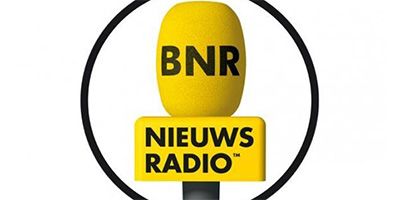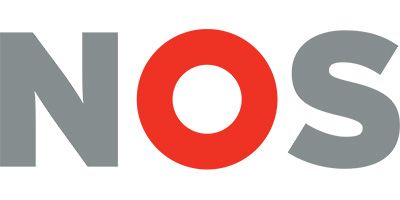
When we stand before a well-stocked shelf, we have a multitude of choices. More choices than our prehistoric ancestors faced in their entire lives. What makes us choose that one product? In this blog, you will learn what the optimal shelf layout is.
Our brain has learned quick tricks to make the decision-making process as fast and easy as possible. This is necessary, as we have to make quite a few choices every day! For example, when we buy a low-involvement product (a product we purchase with little attention), we often choose it because of our regular brand, the cheapest option, or simply due to the convenient shelf position. There is no complex decision tree, but a single decision factor.
Only by measuring the actual decision-making process through Eye Tracking, will you unravel which factors are leading in the recognition and decision-making of a product category. On this page, you can read more about applying Eye Tracking. Thus, not only the product's position on the shelf is leading; the choice context often proves to be just as important.
In the blog "Scoring with Your Shelf: Neuromarketing Tips for a Successful Shelf Plan" we explain how attention works, and how shoppers make choices. In this blog, we will discuss the positive and negative associations that can occur when the shopper makes a choice.
![]()
Brain Reactions at a Shelf
Positive Associations
Every interaction with a product in the store slightly changes how that one product is subsequently represented in our brain. When we purchase a specific brand, the neurons in our brain branch out with more positive associations: what we choose is good. This results in us seeing the same product a bit faster next time and being slightly more likely to purchase it again. Just like advertising campaigns, store interactions also result in a stronger anchoring of the brand in the brain.
Negative Associations
The reverse process, however, also appears to occur. A brand that we deliberately do not buy will consequently drop a notch in our brain. Psychologists call this the stimulus devaluation effect. When is there a deliberate 'no'? This is the case when we consider two or more products and take only one home. Our brain will automatically justify this choice. The chosen brand thus receives a positive stamp and the non-chosen brand a negative stamp.
Why You Should Never Place Pepsi Next to Coca-Cola
For many products, a shelf position directly next to the market leader is a coveted spot. The neighbouring product benefits from the attention that the market leader naturally attracts. Especially the product on the right side of the market leader does well, an effect we owe to the dominance of right-handedness. The exception applies to the runner-up in the market.
A shelf arrangement of the two most popular brands next to each other results in a relatively difficult choice dilemma, where the number 2 often draws the short straw. To make matters worse, our brain will justify that choice by forming negative associations about the non-chosen brand. So, negative branding. For this reason, it is beneficial for most players to place a private label between Coca-Cola and Pepsi; a neutral entity that buffers against the negative branding resulting from the hard no.
Do you want more tips and tricks to optimally arrange your shelf? Are you curious if eye level is indeed the right position on the shelf? Then watch the Master of Retail Psychology & Shopper Neuroscience training. Here's a little tip: place your products at grab height (between 1.25 M and 1.50 M) and you'll generate more sales!


 EN
EN  NL
NL 




